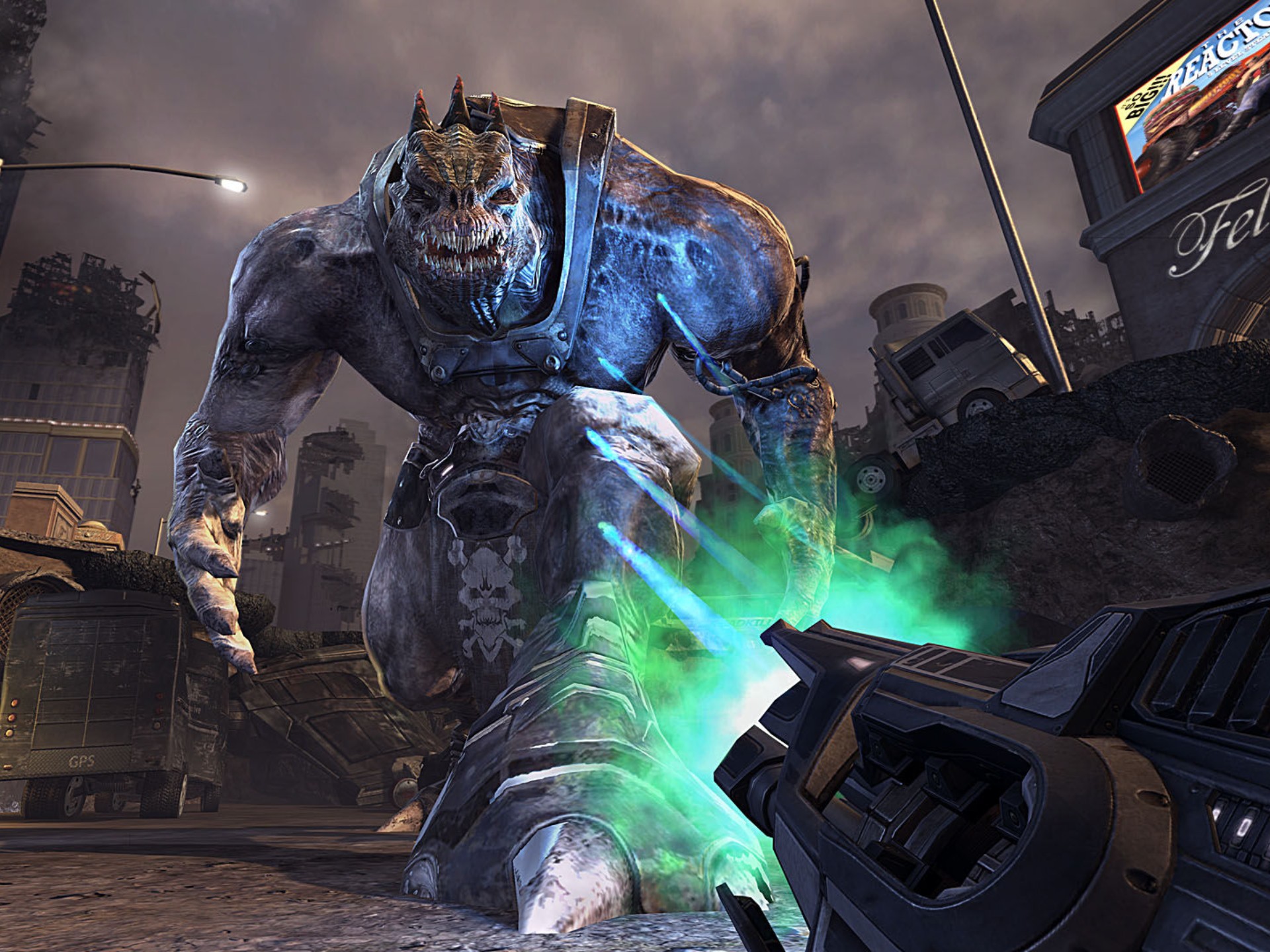Title: Peace Overload Shelter Sign Installer Simulator VR: The Place Missions Expansion – Building Hope in the Ruins
The virtual reality landscape is often dominated by the visceral thrill of combat, the adrenaline of high-speed races, or the chilling suspense of horror. Yet, a quiet revolution has been brewing in a corner of the simulation genre, one that finds profound meaning in mundane tasks. Peace Overload Shelter Sign Installer Simulator VR carved out a unique niche, offering a meditative, purpose-driven experience centered on the critical work of post-conflict reconstruction. Its newly launched expansion, Place Missions, doesn’t just add new content; it fundamentally deepens the game’s philosophical core, transforming a simulator into a powerful narrative journey.
The Foundational Calm: More Than Just a Job
For the uninitiated, the base game of Peace Overload Shelter Sign Installer Simulator VR tasks players with a singular, crucial duty: navigating the war-torn landscapes of a recovering city to install and maintain clear, standardized signage directing civilians to safety shelters. Using motion-controlled VR tools—drills, rivet guns, laser levels, and a robust inventory of signs—players must assess damaged structures, clear debris, and securely mount these beacons of hope. The genius of the original was its atmosphere. The distant sound of rebuilding, the occasional far-off cheer of reunited families, and the soft, sombre soundtrack created a space for reflection. It wasn't about winning; it was about contributing, about the quiet satisfaction of a job done well for a greater good.
The "Place Missions" Expansion: Context is Everything
The Place Missions expansion intelligently builds upon this foundation by answering a question the base game deliberately left unanswered: What happens inside these shelters? The expansion introduces a series of new, multi-stage missions that go beyond the perimeter of the shelter walls.
1. Interior Installation and Environmental Storytelling: The core gameplay loop expands inward. Players are now granted access to the shelters themselves—vast, repurposed subway stations, reinforced library basements, and hastily constructed communal bunkers. Your task is no longer just to point the way; it's to organize the chaos within. New tools and items are introduced, such as:
- Wayfinding Kits: Installing interior directional signs to medical bays, sleeping quarters, sanitation units, and food distribution points.
- Informational Posters: Unrolling and mounting vital posters detailing safety protocols, water rationing schedules, and missing persons registries.
- Community Boards: Erecting corkboards where survivors can pin notes—a mechanic that becomes a primary source of the expansion’s emergent narrative.
This is where the "Place" in Place Missions truly shines. Each shelter tells a story. A child’s doodle taped to a wall, a worn-out teddy bear on a cot, a carefully arranged set of photos by a bedroll—these are not just set-dressing. They are fragments of lives interrupted. Installing a sign next to these items isn’t a chore; it’s an act of curating order amidst tragedy, of helping to build not just a shelter, but a temporary home.
2. The "Human Element" Mechanic: This is the expansion's masterstroke. As you work inside the shelters, NPC survivors—AI-driven civilians—now interact with you and your work. An elderly man might approach and softly ask, "Excuse me, can you tell me where the clinic is?" You can choose to simply point to the sign you just hung or, using a new radial menu, lead him there personally. A mother might be struggling to hang a blanket for privacy; you can use your tools to rig up a temporary curtain rod for her.
These interactions are short, wordless, and incredibly powerful. They are not quests with rewards; they are human moments. A nod of thanks, a relieved smile—this is your payment. The game tracks a new "Community Comfort" metric, which subtly changes the atmosphere of the shelter. The more efficient your signage and the more you assist, the more the ambient sounds shift from desperate murmurs to quiet conversations and even the rare, hopeful laughter.
The VR Experience: A Deeper Immersion
In VR, the impact of the Place Missions is magnified tenfold. The sense of scale inside a massive underground shelter is humbling. Physically crouching to install a low-level sign, looking up at the vast, cavernous ceiling, and hearing the echoes of life around you creates an unparalleled empathy. The weight of the responsibility feels real. You’re not just clicking a button; you’re using your hands to rebuild a society, one sign, one interaction, at a time.
The tactile feedback of the tools is enhanced. The vibration of the drill as you secure a sign to a concrete pillar grounds you in the reality of the task. The new mechanic of unrolling a large, cumbersome poster requires two-handed coordination, making you feel like an active participant in the space rather than a ghost simply observing it.
A Quiet Commentary on War and Peace
Peace Overload was always a commentary on the unsung heroes of conflict—the logisticians, the engineers, the aid workers. The Place Missions expansion elevates this commentary. It argues that peace is not merely the absence of war; it is the active, tedious, and profoundly human process of rebuilding what was broken. It highlights that safety isn't just four walls and a roof; it is clarity, information, and a sense of community.

By focusing on the "place," the game explores how environments shape human psychology. A well-signed, organized shelter isn't just functionally better; it is mentally reassuring. It reduces anxiety and fosters a sense of stability. The game, through its immersive simulation, makes you the agent of that stability.
Conclusion: A Necessary Evolution
The Place Missions expansion for Peace Overload Shelter Sign Installer Simulator VR is a testament to the potential of video games as a medium for thoughtful, impactful experiences. It takes a novel concept and deepens it with layers of narrative, gameplay, and emotional resonance. It successfully transforms the player's role from a remote installer into an integrated community builder. In a world often overwhelmed with noise and violence, this expansion offers a virtual sanctuary of purpose, a quiet VR corner where every placed sign, every hung poster, and every helped individual is a step toward a digital, yet deeply felt, peace. It is not just an expansion; it is the heart of the game finally revealed.


















